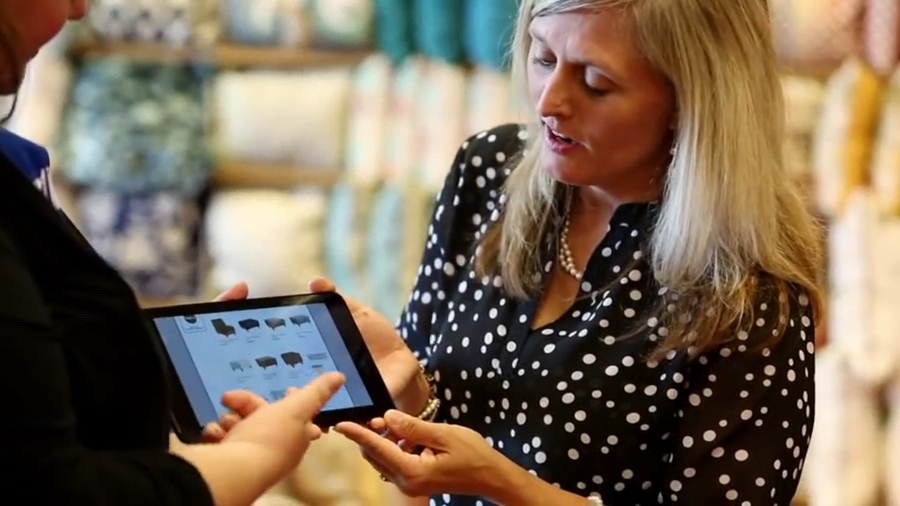How Kinect and analytics could boost sales in bricks-and-mortar stores
Tracking and analytics aren't just for websites

Websites have a big advantage over bricks and mortar shops – they know who you are. You might be a loyal customer who has accumulated vast numbers of points on your store card, but no-one in the shop knows that until you're paying for your purchase and ready to walk out the door.
But thanks to ubiquitous tracking technology and ad networks, websites know exactly who you are as soon as you show up. They can look up your previous purchases, work out what you might be interested in and give you a tailored view of things.
Amazon is especially good at this, although many other sites lose customers by getting it wrong. In a recent OrderDynamics study, 74% of sites were promoting irrelevant products. If you bought men's fleeces, you'd be offered details about women's sweaters. If you looked at fishbowls, you'd get offers for cat and dog food.
Machine learning
If you need help with improving how you target offers, you could use the recommendation engine algorithm in Azure ML, Microsoft's machine learning service. Or you could do more traditional click stream analysis to understand your visitors (and then feed the same information into the recommendation engine to generate the offers). "That's a common scenario for HD Insight," says Microsoft general manager Eron Kelly (referring to Microsoft's Azure-based Hadoop solution). "You can throw the click stream into Hadoop and use Power Map to analyse it."
Power Map, one of the data visualisation tools in Excel, lets site owners see on a map who's clicking on their site, and animate to fly through a day's worth of information (a good way of spotting if you pick up more overseas customers out of your own business hours). You can see how long people spend on each page they visit and add in demographics, like income groups, helping you find which items appeal to customers with more money.
Kinect solution
But how can you do that for the products in a physical shop? Microsoft has been working with retail chain Pier One (which you'll also find in the UK as The Pier) on a system using Kinect sensors and Internet of Things services like Azure Stream Analytics to collect the data.
"These are proof of concept ideas," Kelly told us, "they haven't implemented all of them in production but they're looking at them. The CIO is really interested in, how can I use big data technology to transform how we do business, to change the shopping experience in the store and to provide better analytics?"
Sign up to the TechRadar Pro newsletter to get all the top news, opinion, features and guidance your business needs to succeed!
The Kinect sensors track the flow of customers around the store and measure how much time people are spending in front of particular displays. The data is loaded into Power Map and overlaid on a custom map of the store layout (Power Map recently added the ability to include custom maps and position data using coordinates as well as its built-in Bing maps of the world with standard geolocation information).
You can see users moving around the store as an animated heat map, making it obvious which products are attracting the most attention. "You can look at this to see the behaviour in just one store, or you can pull in the information from multiple stores and compare by region or by time of day." That would let you compare customer behaviour in your most profitable store with other locations that don't have as many sales, to see if you can spot what the problem is. Is it an issue with the product not being relevant or a problem with the way the store is set up?
Mary (Twitter, Google+, website) started her career at Future Publishing, saw the AOL meltdown first hand the first time around when she ran the AOL UK computing channel, and she's been a freelance tech writer for over a decade. She's used every version of Windows and Office released, and every smartphone too, but she's still looking for the perfect tablet. Yes, she really does have USB earrings.